Photo and video post-processing using Linux
 As you might have noticed I tend to shoot a lot of photos (and recently the occasional video) on events such as parties and birthdays. Being a Linux user, and a strong believer in straight-out-of-camera shots, I tend to shy away from individual post-processing for my shots. I might crop the occasional shot, especially when it is to be used in a blog-post or something similar, but usually I simply like to throw a batch of images into a simple workflow to upload them to the web.
As you might have noticed I tend to shoot a lot of photos (and recently the occasional video) on events such as parties and birthdays. Being a Linux user, and a strong believer in straight-out-of-camera shots, I tend to shy away from individual post-processing for my shots. I might crop the occasional shot, especially when it is to be used in a blog-post or something similar, but usually I simply like to throw a batch of images into a simple workflow to upload them to the web.
Photos
When uploading photos to my llgal gallery, I resize and sharpen them so they don’t take up quite as much storage and bandwidth. I start by using the EXIF auto-rotation flag to losslessly rotate any upright photos:
jhead -autorot IMG_*.JPGNext, I rename the photos so there are no filename collisions when I throw together photos from different events:
exiftool '-FileName<EVENT_ ${CreateDate}_$filename' -d %Y%m%d IM*.JPG
Finally, if I want to upload the batch, I resize and sharpen the photos using the excellent imagemagick tools. Careful! mogrify will modify images in-place, so be sure to apply it on a copy of your original JPGs:
mogrify -resize "1024x1024>" -unsharp 1x1+1+0 -sampling-factor 2x2 *.JPGAfter that the folder with the photos is a simple scp and llgal call away from making it into my gallery.
Videos
 I’ve just recently started shooting video, but I already love the functionality on my EOS 60D. Even though I use the Magic Lantern firmware (you absolutely should too!) to reduce the bitrate of the videos by half, the 1080p25 videos from the EOS are still way too large to be used in any reasonable way, so it’s a good idea to compress them. I start by merging all the videos of an event into one file, using the mkvtools package:
I’ve just recently started shooting video, but I already love the functionality on my EOS 60D. Even though I use the Magic Lantern firmware (you absolutely should too!) to reduce the bitrate of the videos by half, the 1080p25 videos from the EOS are still way too large to be used in any reasonable way, so it’s a good idea to compress them. I start by merging all the videos of an event into one file, using the mkvtools package:
mkvmerge MVI_0001.MOV + MVI_0002.MOV -o MVI_EVENT.MOV
Next, I use ffmpeg to downscale and recompress the video and audio. Depending on your distribution, you might need to install extra packages from special repositories to do this:
ffmpeg -i MVI_EVENT.MOV -s 854x480 -b 2048k -vcodec libx264 -acodec libfaac -ac 2 -ar 48000 -ab 128k MVI_EVENT.mp4
This will give you a nice small file with very good quality, even if it takes a while to render. The adjusting knob is the bitrate behind the -b parameter. Be careful not to change the framerate of the original video using -r, this will degrade quality and take forever because frames will have to be interpolated!
The ffmpeg-call could certainly be optimized, and I’m happy to hear about any suggestions.

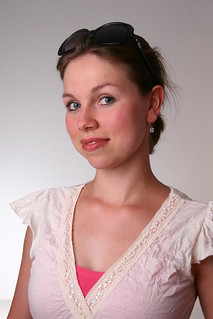
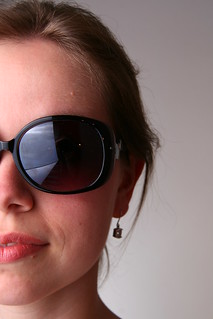


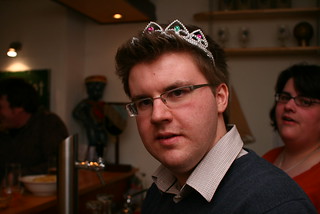
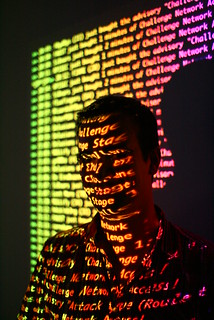

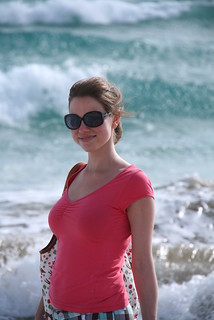




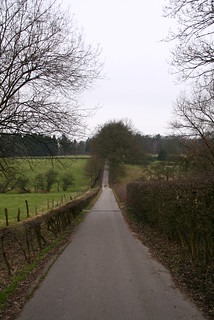
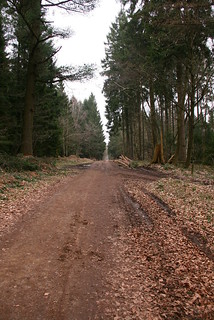
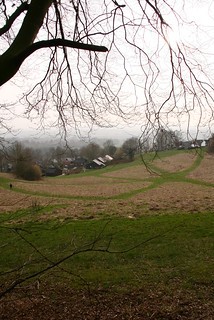
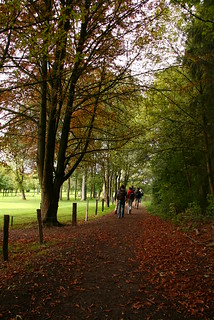

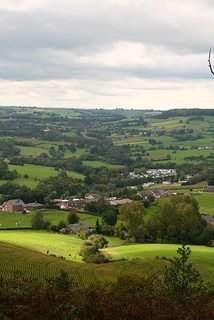
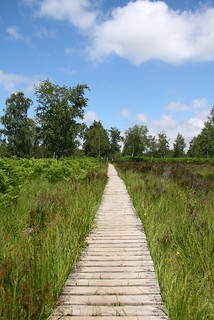
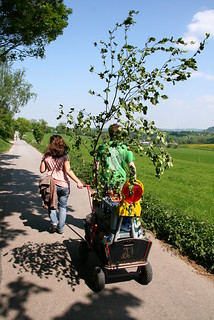

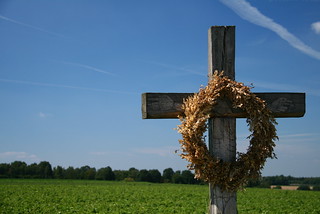
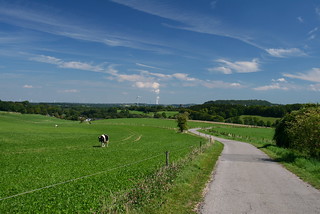
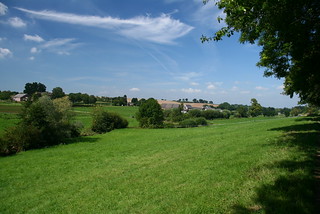
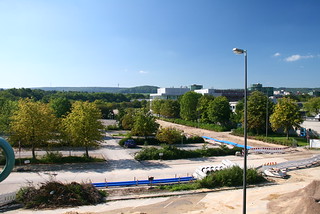
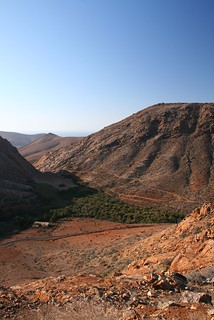

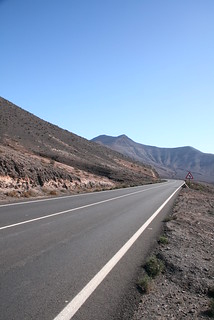

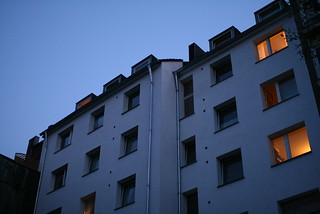
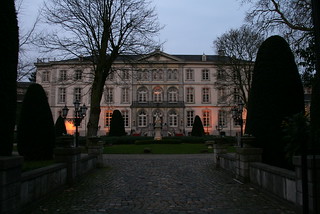
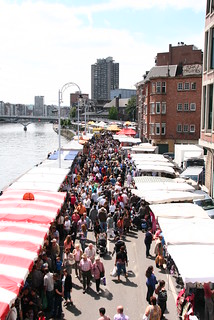
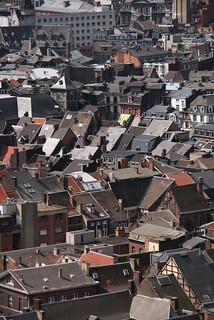
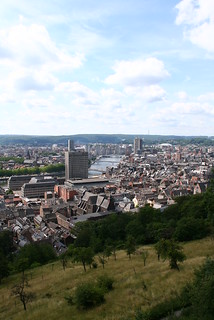
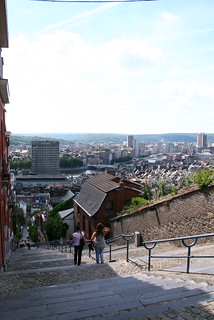
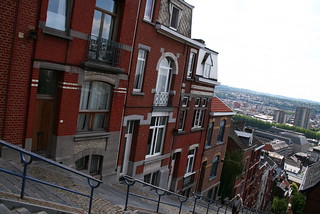
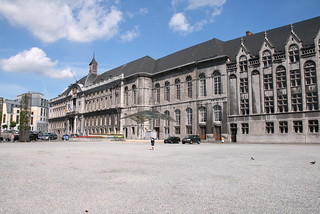
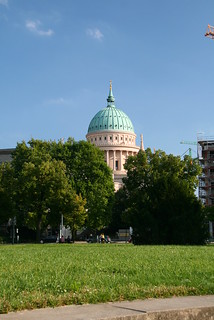
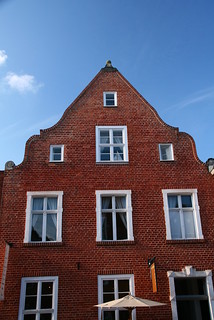



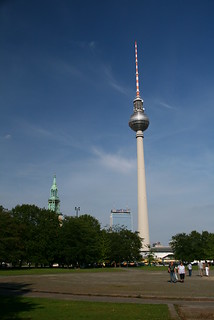
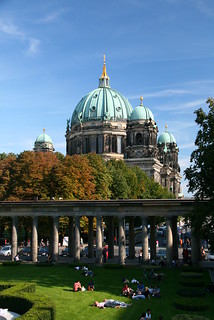
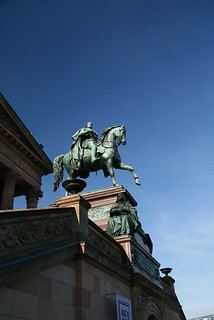
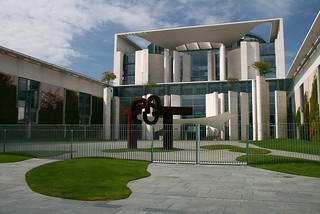


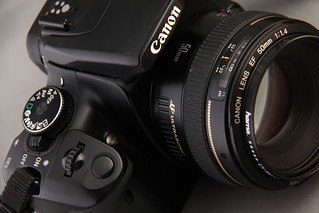
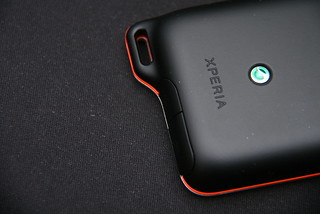
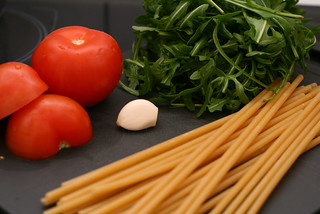
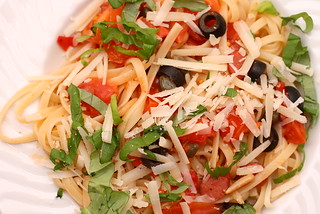





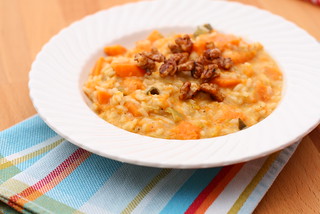
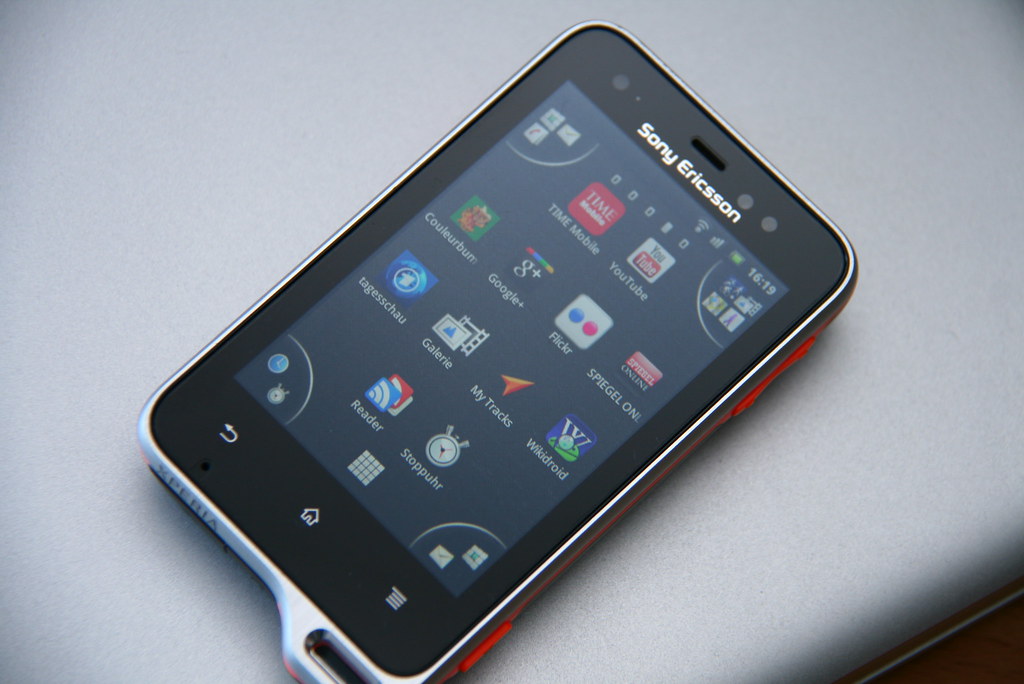

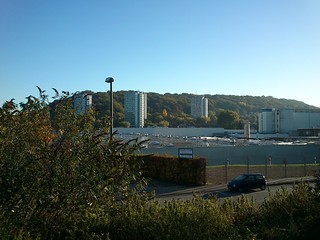
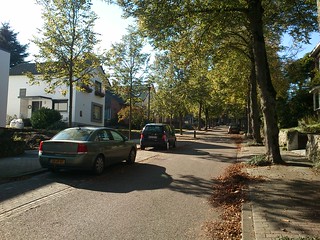
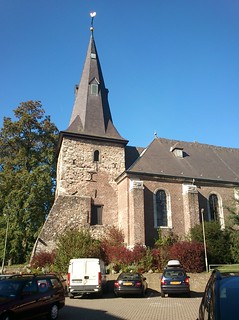


 You can’t teach an old dog new tricks. This wisdom is only partially true for most modern devices, thanks to firmware updates. I’ve
You can’t teach an old dog new tricks. This wisdom is only partially true for most modern devices, thanks to firmware updates. I’ve  There are a number of solutions for tethered shooting with Canon DSLRs. Some of them even work on Linux. I wanted something simple to take and download shots from my 400D, so I used
There are a number of solutions for tethered shooting with Canon DSLRs. Some of them even work on Linux. I wanted something simple to take and download shots from my 400D, so I used